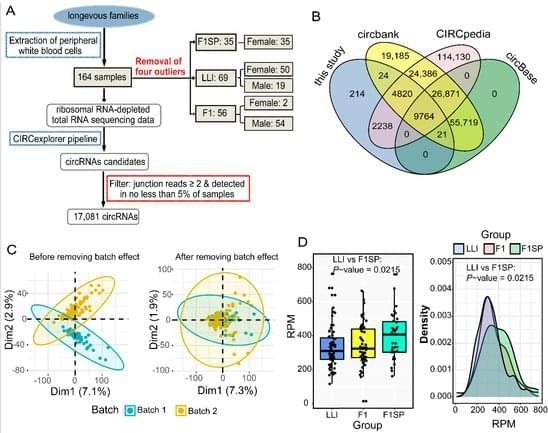The AMD-powered Frontier supercomputer at Oak Ridge National Laboratory has bagged the top spot on the Top500 list of the world’s fastest supercomputers. The Top500 list also said that the Frontier system is the first true exascale machine with an HPL score of 1.102 Exaflop/s. For two years, the top spot was occupied by the Fugaku system at the RIKEN Center for Computational Science (R-CCS) in Kobe, Japan.
Based on the latest HPE Cray EX235a architecture and equipped with AMD EPYC 64C 2GHz processors, the system has 8,730,112 total cores and a power efficiency rating of 52.23 gigaflops/watt. It relies on gigabit ethernet for data transfer.








